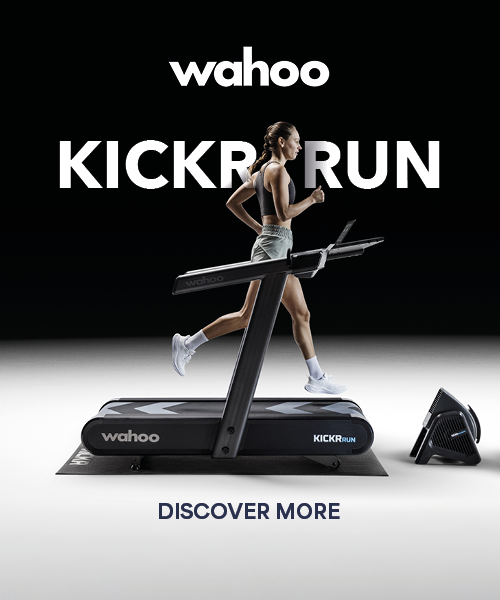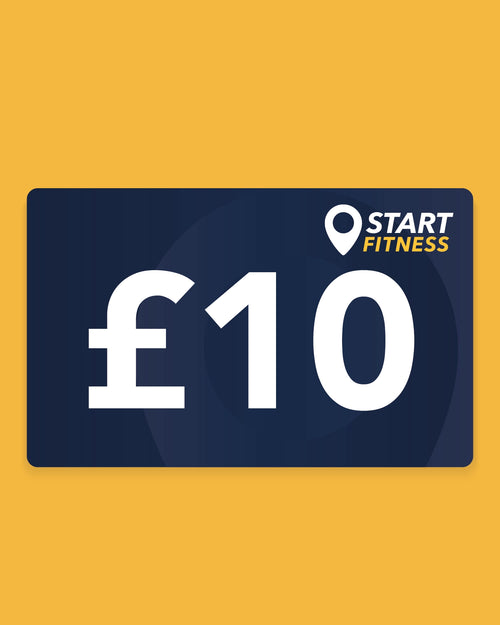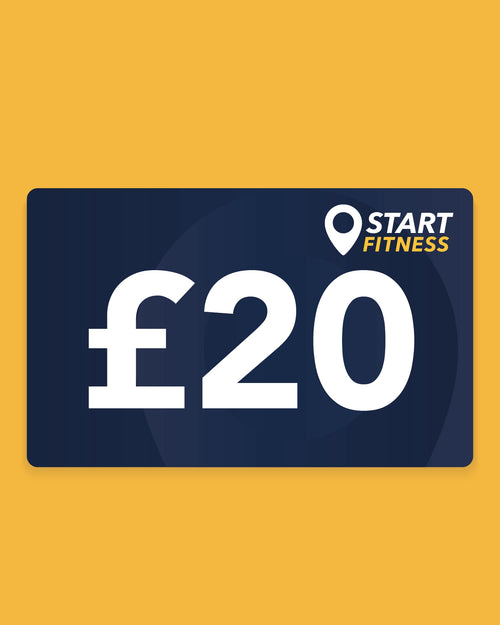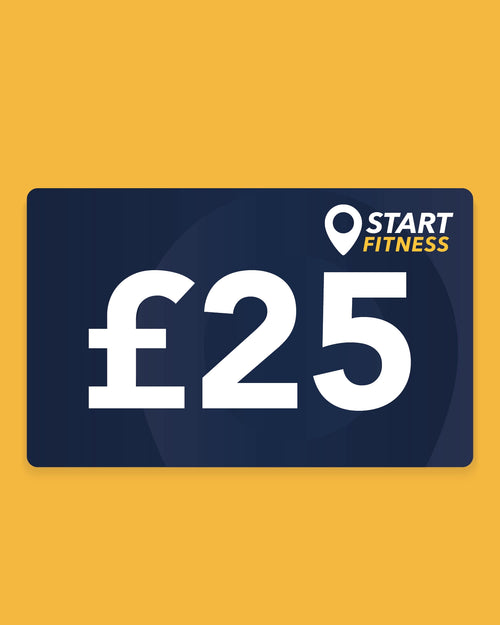Running is a great form of exercise, and one that is accessible to so many people as it’s not restricted by budget or equipment. Many people enjoy running as a way to keep fit and to get outdoors and clear their mind. Despite being different in those ways, yoga is very similar to running, as it can be done without equipment and can even be done for free.
While both movement practices have their own benefits separately, when they’re paired together, they work in a synergetic way that can benefit both the mind and the body. Running can be tough on the body, and incorporating yoga can prevent imbalances that lead to injuries such as tight hamstrings, knee strain, and more. If you’re a runner looking to achieve a better training routine, look no further than our guide that explains why you should incorporate yoga into your weekly workouts.
What are the health benefits of yoga for runners?
First, let’s get into the why. It’s important to know how yoga can benefit runners to see if this is the right thing to incorporate into your workout routine. Yoga has many benefits in its own right, but when looking specifically at running, athletes may experience the following.
Improved breath control
Breathwork is central to both activities, but there’s a particular emphasis on getting your breathwork right in yoga. Learning how to control your breath can improve your running performance by helping you with managing pace and distance, as your oxygen intake will be more efficient, and you may not feel as short of breath. Of course, this can also have benefits outside of your exercise routine, helping with your mental wellbeing by giving you a new coping mechanism to reduce anxieties.
Improved flexibility
Running is a high impact sport which places weight onto your joints. This, in turn, can lead to issues with the hip flexors, hamstrings, and calves. Yoga works to stretch these muscles and strengthen them to reduce feelings of tightness. Stretching before and after a workout is necessary to reduce the risk of injury, so incorporating yoga into your routine takes this a step further for better overall performance.
Better mental resilience
One of the fundamentals of yoga is practicing mindfulness to improve mental clarity and overall mental health. For runners specifically, this aspect of yoga can help you to stay calm even if there are external factors that may cause stress (such as busy running routes). This also allows runners to push through discomfort better and beat personal bests.
Quicker recovery
Even quick sessions of yoga after running can help aid a faster recovery by cooling down the muscles, delivering oxygen and blood to them to help prevent injury.
Can yoga help with runners' knees?
Runner's knee refers to pain around the kneecap caused by repetitive stress. Usually, this forces runners to take longer periods for rest and recovery when issues act up, but this is really only a treatment and doesn’t address the cause.
Yoga can help to prevent the occurrence of runner's knee issues by strengthening the muscles that stabilise the knee and reducing stress on the joint.
Is yoga or pilates better for runners?
Unfortunately there’s no plain answer when it comes to which is best for runners. It’s entirely a personal choice and comes down to which movement practice you prefer, and which one is more suited to your goals. To help you figure it out, here’s a brief breakdown of the benefits:
Yoga
- Improves flexibility - especially in tight hips, hamstrings, calves, and lower back.
- Promotes recovery - gentle yoga helps release tension after runs.
- Mindfulness and breathing control - helps with pacing and endurance.
Yoga focuses more on stretching and less on strengthening the smaller stabilising muscles which are vital for runners. Some forms of yoga like hot yoga may fatigue muscles if overdone before hard runs.
Pilates
- Strengthens the core, glutes, hips, and back - essential for good running form.
- Improves alignment and stability - reducing risk of knee, hip, and lower back injuries.
-
Focuses on controlled movement and muscle balance -enhancing running efficiency.
However, there is less focus on deep stretching or mindfulness and pilates doesn’t offer as much mobility work as yoga.
What is the best type of yoga for runners?
Again, there is no one, singular answer to which is the best type of yoga for runners. Even when used as an exercise routine supplement to better prepare and recover the body from running, yoga is a very personal practice that needs to be tailored to your comfort, enjoyment, and personal preferences as much as your goals as a runner. The table below should help you decide which one may be right for you.
|
Goal |
Best Type of Yoga |
When to Practice |
|
Recovery & mental resilience |
Yin or restorative yoga |
After running or on rest days |
|
Mobility & flexibility |
Yin or Vinyasa |
After easy runs |
|
Strength & stability |
Power or Ashtanga |
Cross training days |
|
Breath control & mindfulness |
Vinyasa or Hatha |
Any time |
What are the best poses for runners?
If you can’t find a class that teaches the type of yoga you want to practice or if you want to try at home for an easy and quick workout, the following poses are a good place to start. We recommend watching online videos to learn how to do each of these poses correctly and find adaptations if you need them.
For tight hamstrings and calves to help increase stride length, reduces risk of strains, and relieves post-run tension:
- Downward-Facing Dog (Adho Mukha Svanasana)
- Pyramid Pose (Parsvottanasana)
-
Forward Fold (Uttanasana)
For hips and glutes to improve hip mobility and prevents knee and lower back pain:
- Pigeon Pose (Eka Pada Rajakapotasana)
- Lizard Pose (Utthan Pristhasana)
- Low Lunge (Anjaneyasana)
-
Garland Pose (Malasana / Deep Squat)
For quads and hip flexors to prevent over-tightness that limits stride and causes imbalances:
- Low Lunge with Quad Stretch (Crescent Lunge variation)
-
Bridge Pose (Setu Bandhasana)
For core and balance to build running posture and stability for efficient form:
- Plank (Phalakasana)
- Side Plank (Vasisthasana)
-
Chair Pose (Utkatasana)
For full body rest and relaxation to promote recovery, reduces soreness, and calm the nervous system:
- Legs-Up-the-Wall Pose (Viparita Karani)
- Reclined Pigeon (Supta Kapotasana)
-
Supine Twist (Supta Matsyendrasana)
Ready to take your running ability to the next level?
Whether you’re simply running for joy and want to extend your fitness schedule or are suffering from common problems such as runner’s knee, incorporating yoga into your routine can be a game-changer. From easing tight muscles to improving balance and focus, yoga helps you move with more strength, efficiency, and mindfulness. Of course, having the right gear also helps - which is why we recommend setting off on the right foot with our collection of running equipment. Browse a range of running shoes that can be used for both yoga and light jogs, or flexible clothing so support a range of movement.

























